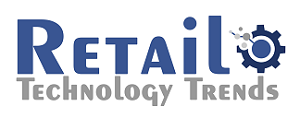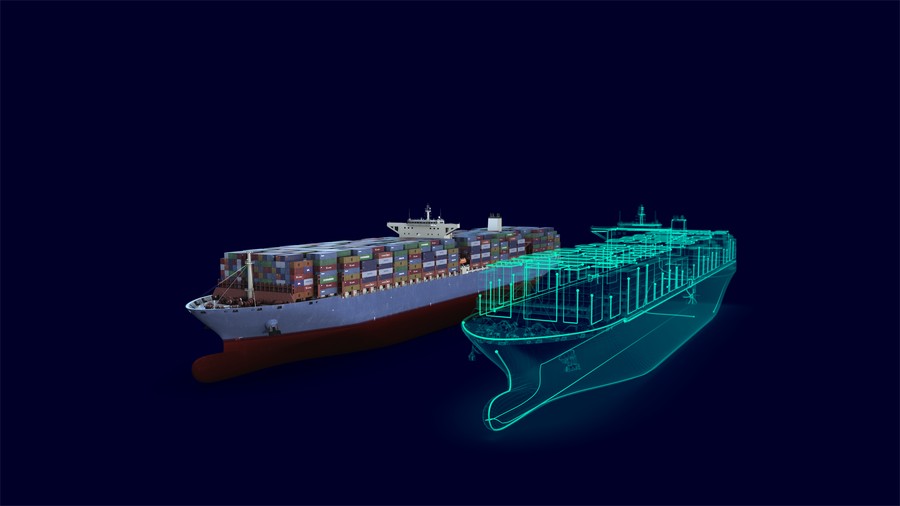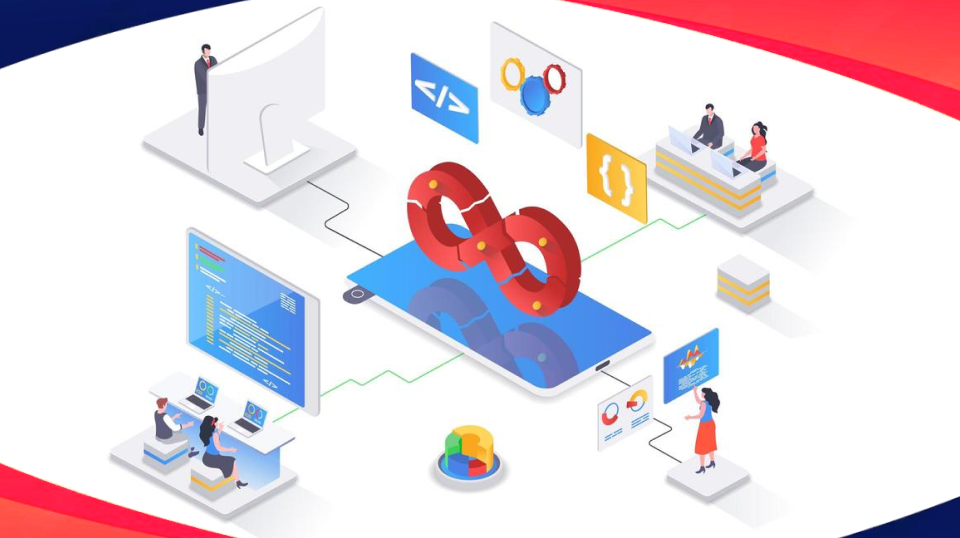The Custom Software Development Lifecycle: From Idea to Deployment
Custom software development is a complex undertaking, transforming a unique vision into a functional, tailored digital solution. Navigating this journey requires a structured approach, expertly managed through the Software Development Lifecycle (SDLC). The SDLC provides a framework that breaks down the process into distinct, manageable stages, ensuring efficiency, quality, and alignment with the client’s specific needs from the initial spark of an idea through to ongoing support. Understanding these stages is crucial for both developers and clients to ensure a smooth and successful project delivery.
Foundation and Blueprint: Requirements & Design
The SDLC begins with Requirements Gathering. This critical stage involves deep dives into the client’s business needs, workflows, objectives, and desired functionalities. It’s a collaborative process where stakeholders articulate their vision, and the development team translates these into detailed specifications. Following this is the Design phase, where the technical architecture, user interface (UI), user experience (UX), database structure, and overall system blueprint are created. Clear, well-documented outcomes from these stages, including functional and non-functional requirements, wireframes, and technical specifications, are the bedrock of the entire project. Client participation here is paramount, ensuring the foundational understanding is accurate and shared. So, going for the custom software development services would essential here.
Building the Vision: The Development Phase
With the blueprint in hand, the SDLC moves into the Development stage. This is where the actual code is written and the software is built piece by piece, adhering to the design specifications. Developers work on creating features, integrating components, and writing the logic that makes the software function. Best practices during development include using version control, writing clean and modular code, and conducting regular code reviews. While developers are focused on coding, maintaining open communication channels for queries or showcasing completed modules keeps the client informed and allows for early feedback incorporation, even if it’s just reviewing progress builds or prototypes.
Quality Assurance and Launch: Testing & Deployment
Before the software can go live, it enters the Testing phase. This rigorous process involves functional testing to ensure features work as intended, performance testing for speed and reliability, security testing to identify vulnerabilities, and regression testing to prevent new bugs. Crucially, this includes User Acceptance Testing (UAT), where the client directly interacts with the software to validate that it meets their business requirements and is ready for use. Once testing is successfully completed and approved (especially UAT), the software is ready for Deployment. This involves migrating the application to the production environment, making it accessible to end-users. A smooth deployment relies on careful planning, execution, and often involves staging environments and automated processes.
Evolution and Support: Maintenance & Beyond
The SDLC doesn’t end at deployment; it transitions into the Maintenance phase. This involves ongoing support, fixing any bugs that arise post-launch, implementing necessary updates, and often involves planning for future enhancements or new features. Software is rarely static; business needs evolve, and the software must adapt. This ongoing cycle of feedback, bug fixing, and potential new development effectively restarts a mini-SDLC for each update or feature addition. The importance of client collaboration extends here too, as feedback from live usage informs maintenance priorities and shapes the roadmap for future iterations, ensuring the software remains valuable and effective over time.


















